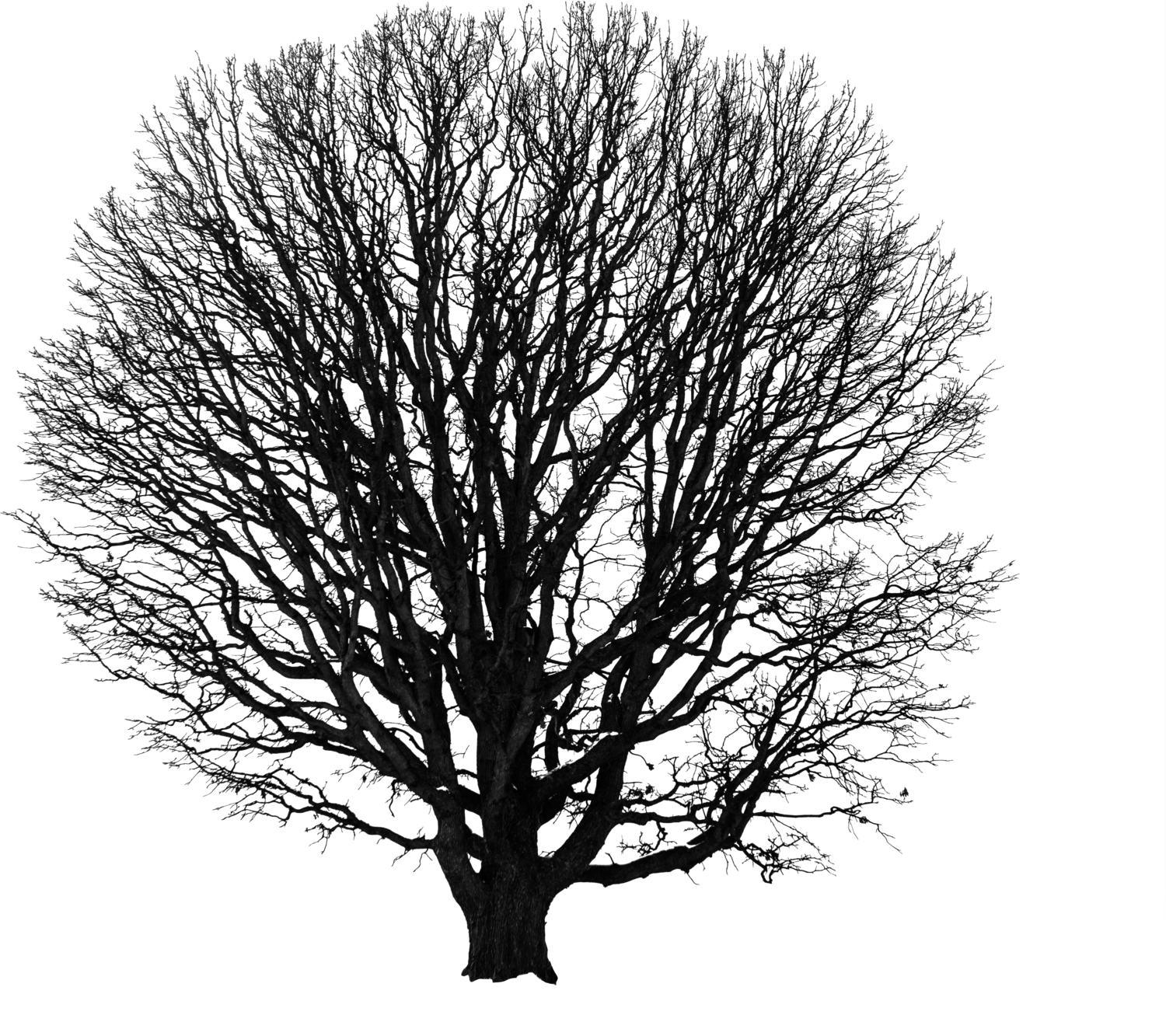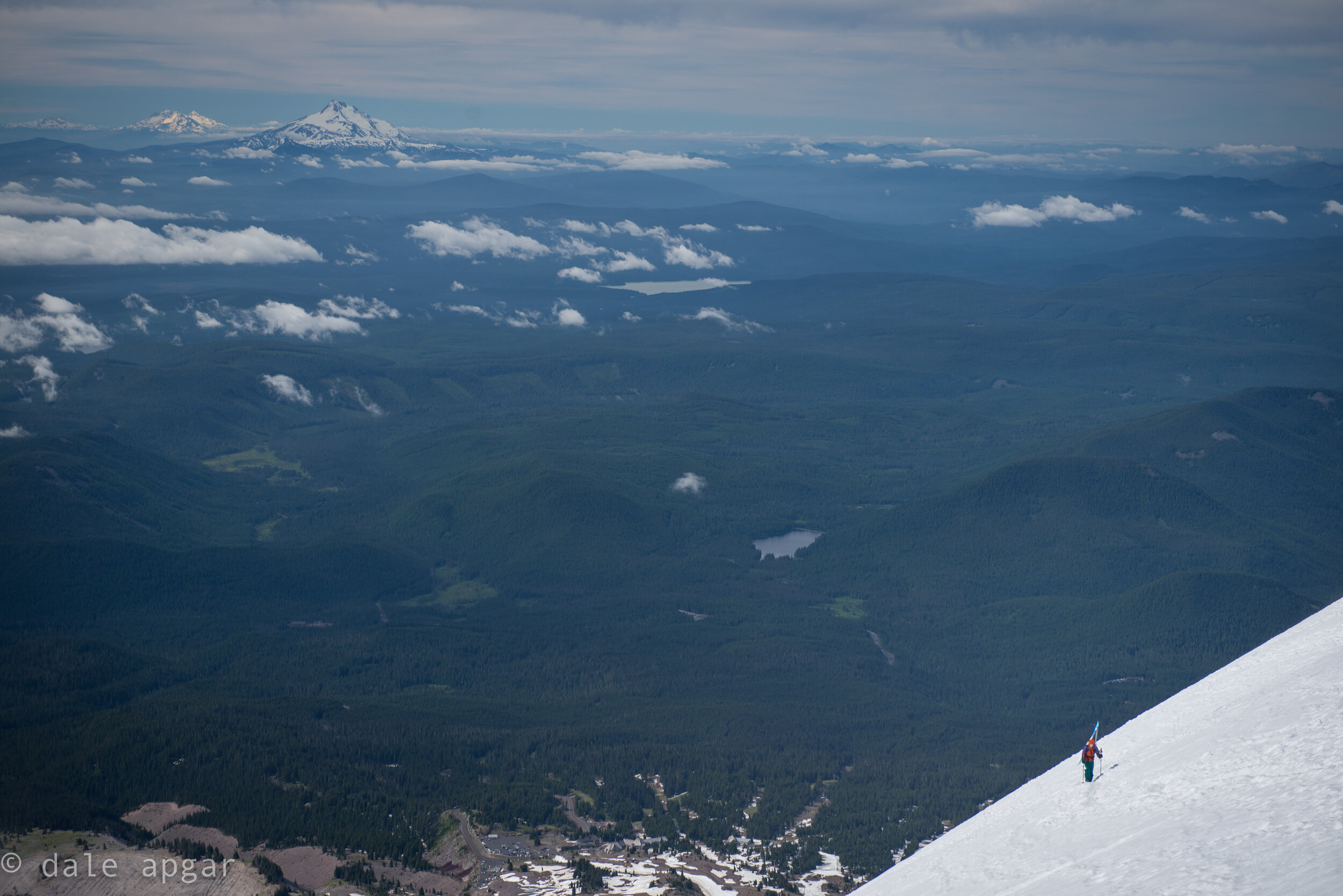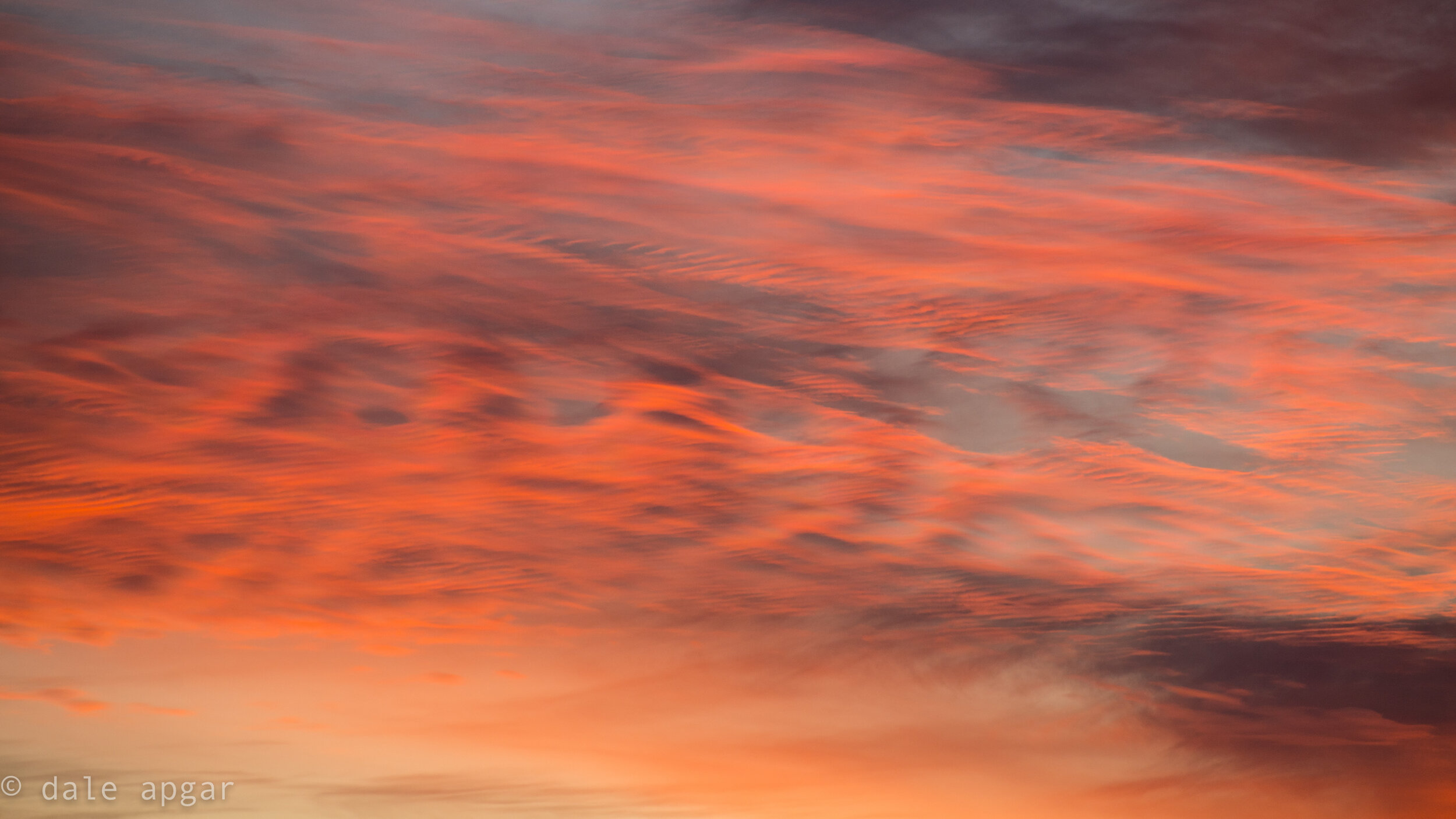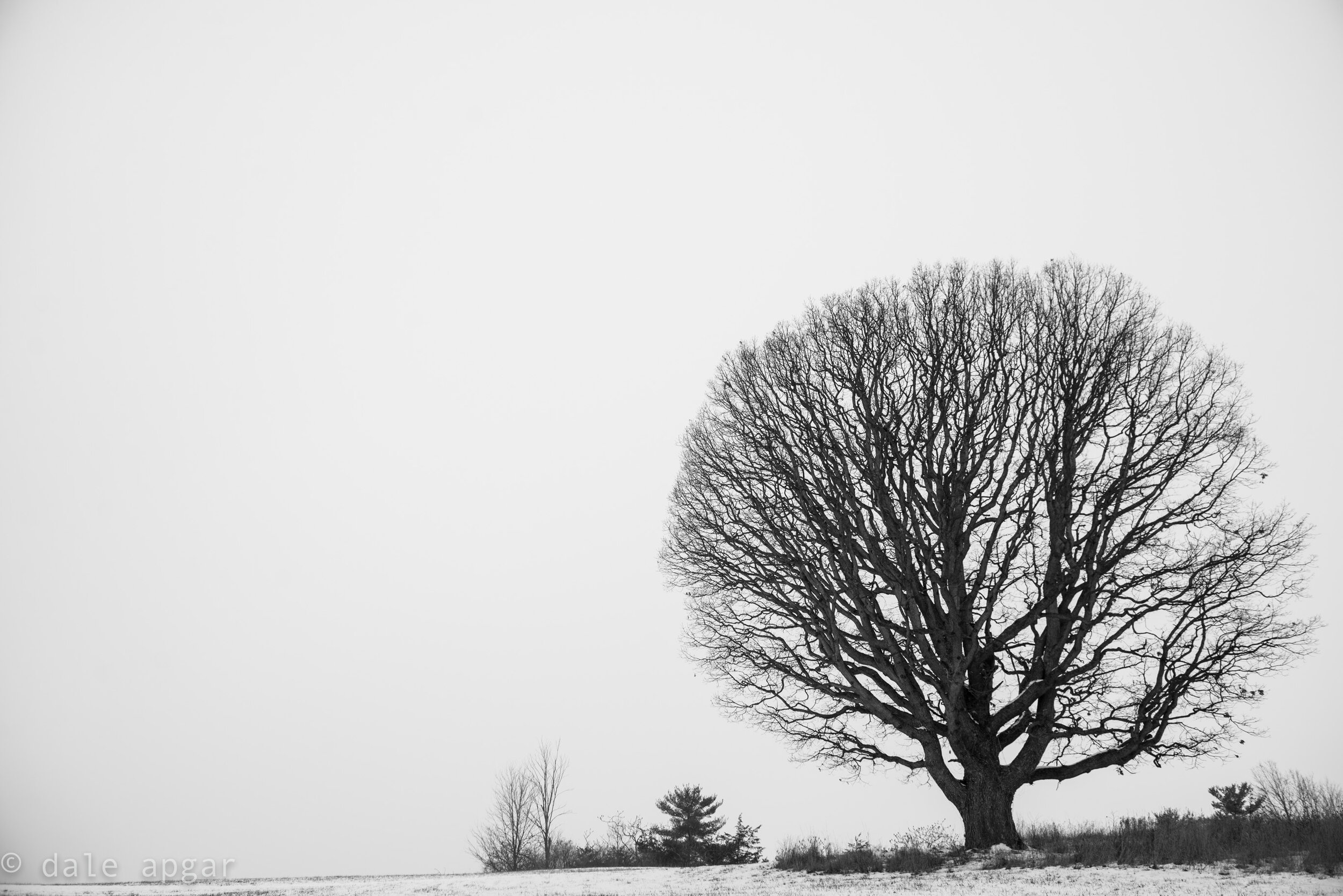Focus on what you can control, appreciate nature. Good words to live by.
In the early stages of Covid, and its requisite social isolation, Scott Kelly, the American astronaut known for one of the longest American sojourns on the international space station, had some insight on how to deal with confinement. The New York Times published his advise, and though there are seven tips to how to get through it, two stood out most over the past 11 months of this “new normal.”
Focus on the things you can control
Appreciate nature
There’s not much we can do as individuals to get the vaccine quicker, and we cannot personally steer the US population to more responsible behavior of wearing masks in public and social distancing. So it takes a change of perspective to stop reading the tragic headlines and direct energy towards the things that you can control: your work, your fitness and health, and so on. With ubiquitous vaccine distribution imminent, it’s only a matter of time before we can live in less fear of the virus, and though it’s easy for a non-parent with a stable job to say “just focus on what you can control,” it is a piece of truth that helps cope with the situation.
Don’t be afraid to look up every once in a while
Perhaps more salient is the second: taking additional time to appreciate nature around us. Copious scientific literature tells us that even a walk outside in more natural environments help humans in many ways, to say nothing of the experiences of unplugging for extended periods in jaw dropping parks and preserves - the Japanese even have a special activity for therapy: Shinrin-yoku, or, forest bathing where people are invited to fully experience their natural environment with the explicit intent of its proven health benefits.
One of the more memorable information placards in any national park is on the south rim of the Grand Canyon, where one notice inquires “When was the last time you heard no human noise?” It’s a question worth asking, as it’s quite a thing to stand somewhere and hear nothing but the wind blowing through the trees, or not blowing at all, a babbling brook, a surging waterfall or the deafening silence of a deep snowfall. The US is blessed with many national and regional parks where one can escape all development save for the trail ahead of you, and an ancillary benefit of the commercial airline industry collapse was flightless skies overhead, where even the rare faint engine noise or contrails were absent.
So, yes, for many lucky ones in the US, restrictions preventing us from traveling internationally afforded an opportunity over the past year to appreciate the natural resources our own country preserved, the passive serenity of the mountains, lakes, rivers and forests that dot our country, or even a renewed love of the parks dispersed through our native cities and just down the road from our homes. More surprising still was a heightened appreciation for non-domesticated animals that are always out there, but beyond our immediate view. So, what follows is a highlight reel of what this reporter observed since the world settled down to combat a pandemic, and takes the form of a billet-doux to nature - trying better to appreciate its beauty, but also learning from it when lessons are made available.
Violet is imperial, even better when in the delicate form and fragrance of the Lupin.
Stories abound of how wildlife returned to urbanized areas during the shutdown when humans were less prevalent and their cars were absent from the streets. With less variables capturing our attention, it became easy to fill in the gaps with what the animals were doing around us, the creatures living parallel lives around us the entire time, but for which we’ve been too busy to notice. Without regular commutes to work, recreational objectives taking our time to plan and execute, and social time focused on friends and strangers old and new, it was earth’s fauna and flora that played a prominent roll over the past year to help everyone ease the anxiety of a virus and the petty tyrant demanding our attention.
The very presence of mammals was a wonderful diversion, and more interesting still was noticing their individual habits and dispositions. The insouciance of Bison meandering through Yellowstone - so long as you’re not violating its rather liberal social distancing protocol, big shaggy could care less about you or your vehicle. Same with the Big Horn Sheep of the Badlands. Whereas most ungulates interacting with humans are emphatically skittish, it’s impressive to watch the rams and ewes roam about the high plains with their regal curled horns and healthy bulk in search of their next meal, seemingly oblivious to human presence. On the contrary, the herds of healthy, fully-frocked mountain goats clustering in Glacier National Park contrasted well against the greenery and grey rock of their surroundings, but wanted nothing to do with human proximity and reacted accordingly.
First step’s a doozy
With this re-calibrated eye for the world’s fauna, chance encounters with animals more entrenched in the backcountry became more memorable. The snowshoe hair, understanding that as humans clad with ripstop nylon, fluorescent shells and bionic touring boots and skis we were no threat to its austere winter living, and rather than fleeing across the snow, peering back at us, wondering what we were doing in its white-cloaked environs. Most recently, and perhaps most memorably, it was a surprise backcountry encounter with a mountain lion that stands out.
Historically, human observation of Pumas in the wild do not end well - seeing one in it’s native habitat usually means that the human is being at best stalked, at worst, hunted, but during a recent tour among the Sierra, a catamount appeared on the side of a glacial moraine. Large and healthy, presumably due to the ubiquitous deer herds leaving their mark on the sage-strewn high desert just a half mile downhill. That panther and its long, fluffy tail and snow-shoe like paws thankfully was as surprised as we were - and after a few long seconds of eye-locking appreciation, it continued its trek to its desired destination, albeit periodically peering back to observe our intensions.
Oh, hello, friend
And what of the birds? Never had I really paid close attention to the seed-laden flowers acting as critical relief for birds on their biannual migration. Watching the sunflowers droop with the weight of oil in their seeds then watching the various birds hanging improbably from the flower’s edges, plucking the seeds for nourishment. Whole flocks of native turkeys were a sight to see - large, and seeming flightless, but actually quite aware of the goings on about them as they slowly searched for their food, ready in an instant to fly to the safety of the trees at the first provocation.
Being accompanied for much of a recent bicycle ride by a red tailed hawk, it’s shriek was at first alarming, but seeing it gently ride thermals whilst keeping a keen eye on the land - and perhaps me - its periodic voice became another pleasant reminder that when out it in nature, we’re never really alone, and for some reason, that’s comforting.
Wind jostling wheat fields is mesmerizing
After the leaves had fallen from the branches, the larger birds of prey lost their cover, and seeing them patiently perched in the deciduous trees was a most pleasant reminder not just of the beautiful creatures that live around us, but also of what we stand to learn from them. On one morning, a rather large red tailed hawk stood as the silent sentinel over acres of open field from its perch high in the largest poplar tree around; for at least 20 minutes the hawk presumably was looking for breakfast, but what if it was just watching the world wake up, seeing what it could learn from the new morning?
“...The leaves are all dead on the ground,
Save those that the oak is keeping
To ravel them one by one
And let them go scraping and creeping
Out over the crusted snow,
When others are sleeping...
Ah, when to the heart of man
Was it ever less than a treason
To go with the drift of things,
To yield with a grace to reason,
And bow and accept the end
Of a love or a season?”
And if that same sentiment was applied to humans? What if we took a few moments from time to time to just sit and observe what’s unfolding around us? Surely we don’t have the vision of a raptor, nor do we need to have such honed senses to procure dinner, but we’d still benefit from mimicking its behavior: Patiently watching and observing the world around us. If nothing happened save the passing of clouds and the rustling of grass shards, then the gift is the moment of peace.
And not just the creatures actively moving themselves were a delight, but the trees that only moved and swayed with the winds and rain.
White Oaks and their sturdy frames
Anyone who’s spent any time with the ancient giants - the redwoods and sequoias - might have similar experiences of an almost overwhelming presence with those organisms - both the ones still living, but also those fallen; their horizontal mass gradually decaying giving nutrients to the generations supplanting them. For those still vertical and reaching higher, their size and age are hardly fathomable by humans - how much height and volume they possess, and how many of them were saplings during the time of caesars. And it turns out science backs up the theory that trees are not solitary, passive creatures locked in a zero-sum gain battle of resources…there is an important order that happens in a healthy forest, yielding yet more beauty to admire, and lessons to learn.
Then there are the ancient bristlecones, themselves living millennia high above civilization in a remote section of the White Mountains. How they can thrive and age for hundreds of years in such harsh environments is humbling as you walk the serpentine trails around their clustered groves
So, what a gift it can be to walk amongst the trees and the ecosystem they support. It’s nothing original to say that a walk amongst both hardwoods and softwoods, conifers and deciduous variants yield dividends to both mental and physical health, but perhaps even more so during a time of international seclusion, where it’s best to get away from people to appreciate the beauty that’s been around us this entire time. And the forests don’t have to be composed of the tallest, most voluminous, or oldest trees to provoke a reinvigorated spirit - even noticing the trees closest to home can be rewarding as you engage in your own forest bath.
Peekaboo on the Upper Exum
Vermont, your autumn foliage is magic, and best experienced with a little high(er) speed shinrin-yoku courtesy of a bicycle and your sinewy backroads.
White oaks are prevalent throughout New England that are hundreds of years old, and display a most stunning cluster of branches and canopy. Same with the oldest - and last standing elms that defied the dutch elm disease decimating their ranks. Those still standing are a testament to both luck and resilience, and are worthy of time for appreciation. These trees provide valuable resources, relief from sun and wind, color in some places in autumn, and beauty - cultivated and wild alike.
It’s easy to love the maples with their sugar in the spring, verdant green in the summer, and flashing oranges and reds in the fall but a surprise this year was a new appreciation for birches. Frost speaks well of them, and for good reason - big, tall, straight, solid white birches are a wonderful anomaly in a twisted thicket, and their leaves provide a wonderfully lofty, bronze blanket for a forest floor at the tail end of autumn, to say nothing of their skin as a printable and renewable textile.
Provocative still is a lesson all those deciduous trees provide every year. Some of the elder arbors provide some sound insight when autumn transitions to winter: Any tree can look good with a facade of brilliant summer green, or vibrant autumnal color that gradually changes giving a new spectacle nearly every day in the fleeting season. What’s more important is a solid, strong core and frame to support the facade. If what’s behind that leafy visage is weak, when storms come, or the environment is more harsh, the support will give way, and there will be nothing to visually admire in the months and years to come. If, however, the core structure is robust and strong, the visual wrap when the weather is nice comes easy, and consistently. Sentiments to keep in mind as we enter times that are more challenging than what we’ve grown accustomed to in the recent years: focus more on a solid foundation, core and structure, and the visuals will take care of themselves.
Nice to see a little white in the hills
Doctor’s appointment
Then there are the parts nature surrounds us with regularly, leaving it too easy to take for granted. The simple sound of the wind as it moves through branches choked with lively, green leaves throughout the summer, louder still as they fall dry to the ground in autumn or still cling to their branches when the winter winds come, then no leaves at all as it whistles through the branches. Then the silence in the same trees when a break in the weather comes along and even more silence when nature drops a coat of snow on the ground, muting everything but our own thoughts and the brisk air leaving our cheeks red and warm.
If one were to describe Sierra winters on a scale using names of their adjacent mines and history: “Betty Jumbo” and “Slim Princess” would be appropriate bookends.
That same snow during the day, shimmering while it’s still fresh and new takes the edge off the harshness of cold that is required to keep it around.
And the stories can go on and on. As we all strive to make the most of the situation given to us - social isolation, masks, and disruptions to our routine, nature is still out there, and will always be - how we appreciate and learn from it, however, is up to us.



























































